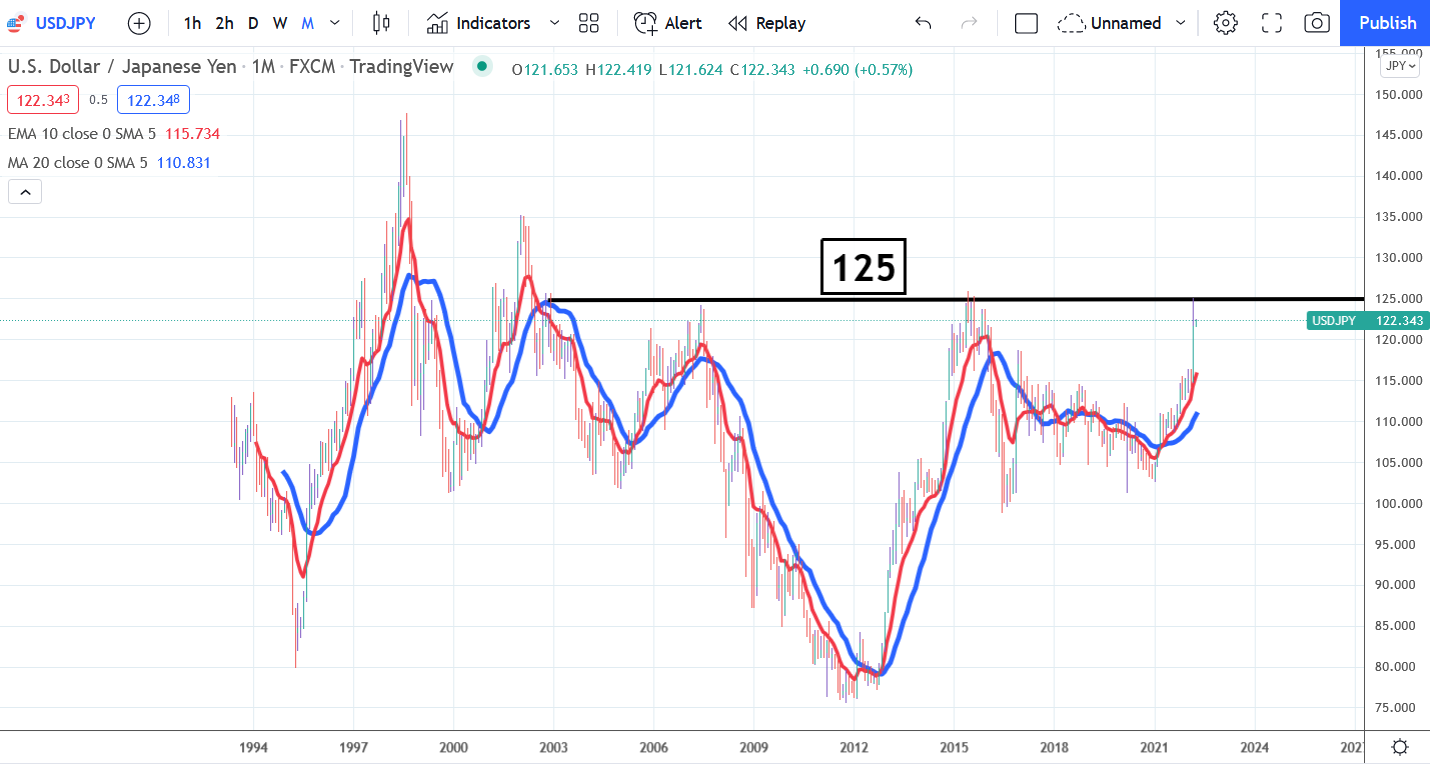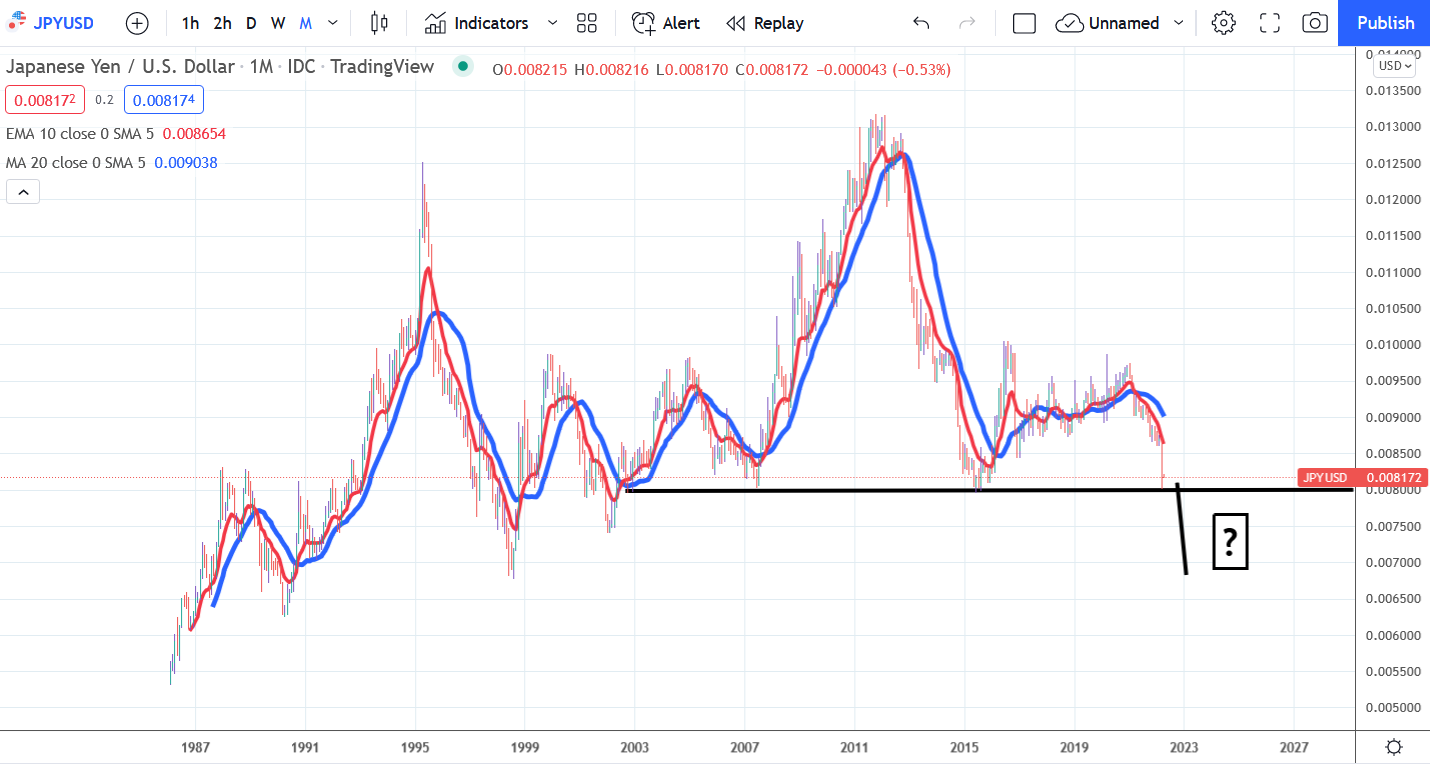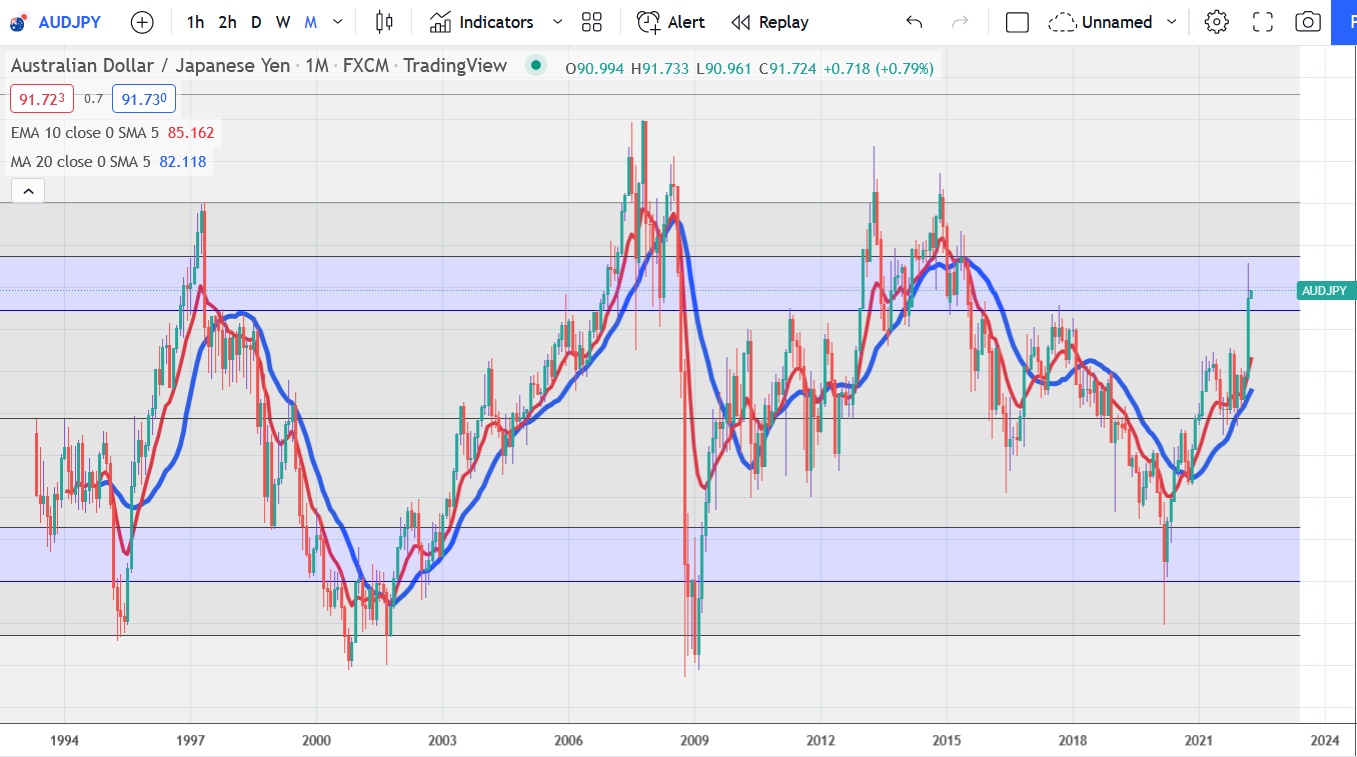In today’s Money Weekend…a huge quarter for bonds…Japanese rates must stay low…Aussie dollar/yen says risk on…and much more…
When markets start flying all over the place, it’s usually only a matter of time until something breaks somewhere.
We have just witnessed a historic move in the US yield curve over the last quarter. The Bloomberg Treasury Index incurred a loss of 5.91% since the start of the year, the worst data going back nearly 50 years.
Two-year yields surged about 160 basis points last quarter, the most since 1984.
Different sections of the yield curve are inverting, leading to predictions of a coming recession.
The US 10-year bond yield topped out at 2.56% earlier in the week and has since backed off to 2.38%. That’s only one basis point above the two-year bond yield of 2.37%.
So the two-year and 10-year bond spread is about to invert, and that’s one of the best recession predictors there is.
Rates worldwide are marching to the beat of the US drum and are rapidly rising, apart from one notable exception: Japan.
Japanese rates must stay low
With a mind-boggling level of debt-to-GDP of 252%, it’s no wonder the Bank of Japan is letting the market know that they will stand and buy as many 10-year bonds as people want to sell at a rate of 0.25%.
If Japanese yields rise too far, the government will have trouble covering their interest bill. That’s the moment when the Modern Monetary Theory (MMT) geniuses will be forced to go back to the drawing board.
Printing money to monetise your debt sounds like a great free lunch — until it isn’t.
Japan has always been the frontrunner in testing out the bounds of monetary policy, so perhaps it’s fitting that they may end up being the canary in the coalmine going forward.
The interest rate differential between Japanese and US bonds is now becoming very wide, and the yen is starting to react by weakening.
Perhaps it’s the repercussions of the widening interest rate differential between Japanese and US rates that will cause some headaches in future.
I think it’s something to keep your eye on. If the Japanese 10-year bond yield starts rising above 0.25%, you’ll know there’s trouble in paradise. Also, if the Japanese yen starts going into free fall, it will be another sign that the BOJ (Bank of Japan) may be losing control.
Yen could freefall
|
|
| Source: Tradingview.com |
The USD/JPY exchange rate hasn’t been above 125.00 since 2002. You can see in the monthly chart above that the recent weakening in the yen has brought it within spitting distance of that 125 level.
I reckon the yen will keep selling off, and I even think the sell-off will accelerate above 125. (USD/JPY going up means the US dollar is strengthening against the yen.)
Let’s flip the chart above around so it shows the yen versus the USD instead. That should give you a sense of what could happen if the key level breaks.
JPY/USD monthly chart
|
|
| Source: Tradingview.com |
What are the repercussions of the yen going into freefall? Will it just be a problem for Japan, or could it leak out into other areas of the market? Will China react if their competitiveness is deteriorating against Japan as the yen weakens?
Aussie dollar/yen says risk on
The AUD/JPY is often seen as a good proxy for the risk appetite in the market. With the Australian dollar rallying against the US dollar on the back of strong commodity prices and the US dollar rallying against the yen due to the rising interest rate differential, the AUD/JPY is taking off like a rocket:
Risk proxy says all systems go
|
|
| Source:Tradingview.com |
You can see on the monthly chart above that the AUD/JPY was often rallying when stocks were flying from 2003–07 and turned down sharply during the crash of 2008–09.
Subsequent rises and falls have tracked periods of strength and weakness in stocks.
So perhaps the sharp jump in the AUD/JPY is a bullish indicator for markets going forward. If the BOJ is going to dig their feet in and continue printing as much money as necessary to hold down their interest rates, perhaps it will feed into a higher risk appetite than the US Fed probably wants at the moment.
Who knows? I’m thinking on my feet here and haven’t made any concrete decisions about what I think the repercussions will be. I’m just pointing out to you that there are large moves happening across markets at the moment, and when that happens, you have to start looking for areas where stresses could appear.
The Japanese bond market and currency is the thing that stands out like a sore thumb to me, so that’s the area I will be keeping an eye on.
Check out my ‘Closing Bell’ video below, where I dive into the charts above in more detail and show you what could happen now that the S&P 500 has seen selling pressure from the sell zone.
Until next week,
 |
Murray Dawes,
Editor, Money Weekend
PS: Watch the latest episode of my series ‘The Closing Bell’ on YouTube. Click here or the thumbnail below to view it.





